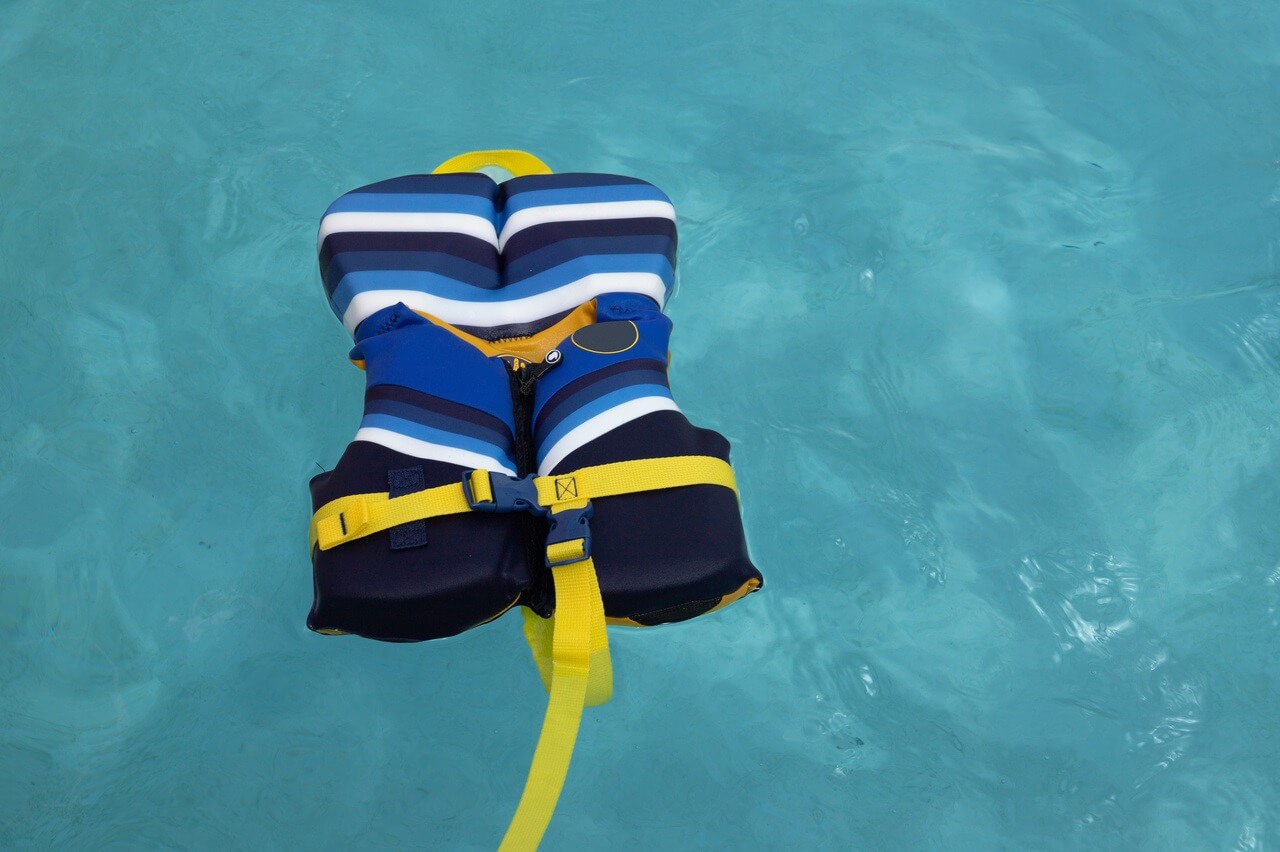
Life Jackets and Buoyancy Regulations
In Canada, you are required by law to have an appropriate PFD for each person on board a boat, even if they do not always wear it. It’s every boater’s responsibility to follow life jacket rules and choose the right size and type for each passenger.
To figure out which life jacket to wear or bring on board, look at the label. There you’ll find important information about the activities the PFD is suitable for, size and weight limitations, and whether the PFD is suitable for children.
You’ll also find a number indicating the life jacket’s buoyancy.
What is buoyancy?
Buoyancy basically refers to how much an object is likely to float once submerged in water. When it comes to life jackets, different types offer differ levels of buoyancy.
A life jacket that is ‘inherently buoyant’ will float without any preparation (such as a foam life jacket). A personal flotation device that is not inherently buoyant is one that must be inflated. Some models are a combination of the two traits.
The foam interior of a life jacket must meet the standards of the CAN/CGSB-65.18-M86.
How to find the buoyancy of a life jacket
Life jackets in Canada must be approved by Transport Canada, the Canadian Coast Guard or Fisheries and Oceans Canada.
To confirm whether your life vest is up to standard, check the label. This is also where you will find a number indicating its buoyancy.
How buoyancy is indicated on PFD labels
Life jacket labels are currently undergoing a change in format. Older labels will classify PFDs according to type (type I, II, III, IV or V), and do not include any specific buoyancy information. Newer labels have a number to indicate buoyancy. The most common are: 50, 70, 100 and 150.
These numbers indicate the number of Newtons of buoyancy the PFD provides. Higher numbers equal more flotation. Most life jackets on the market are at least level 70.
How to calculate buoyancy
How can you tell if a life jacket has high enough buoyancy to keep the wearer safe in the event of a boating mishap?
To calculate buoyancy, you must remember that a human being does not weigh the same amount in the water as on land.
Calculating your body weight in the water
Calculating your own weight when submerged may require more arithmetic than many people are comfortable with!
In general, you take your body weight and subtract 80% of that total (which is water) and another 15% (which represents fat – this will obviously vary from person to person). Water has no weight in water, and fat is lighter than water, which is why these amounts are subtracted.
The weight that remains is your ‘dead weight’ (not counting clothing and equipment). This is the weight that your PFD will have to support.
For example, a person who weighs 100 kg (220 pounds) on land will weigh only 5kg (11 pounds) in the water. For this person, a life jacket with the standard buoyancy of 70 will be more than adequate, as 1 Newton is equal to 0.225lb.
Muscular people weigh more, so may need to choose a PFD with a higher buoyancy rating.
Confirm buoyancy in the water
If you can swim, you can confirm your PFD’s buoyancy by putting it on correctly, with all straps and zippers fastened, and getting in the water to see if it keeps you afloat. The same test can be performed on children, with the help of an adult in case the life jacket doesn’t work.
For longer or more intense boating trips, you may also want to confirm that your PFD does not lose more than 5% buoyancy after 24h of submersion in freshwater.
Keep in mind that the foam in life jackets does shrink over time, so it’s a good idea to check whether it still does its job once every couple of years or even each time you head out.
Get your boating license so you can stay safe
Remember, there are other factors besides buoyancy to take into consideration when choosing an appropriate PFD, such as size, type (inflatable PFDs or foam-filled), turnability and head support. Children and non-swimmers will need extra help from their flotation device.
Boating is fun, but there are legal and safety regulations that must be obeyed throughout Canada.
Get your official Canadian boating license from the National Boating Safety School and learn everything you need to know about safe boating!

